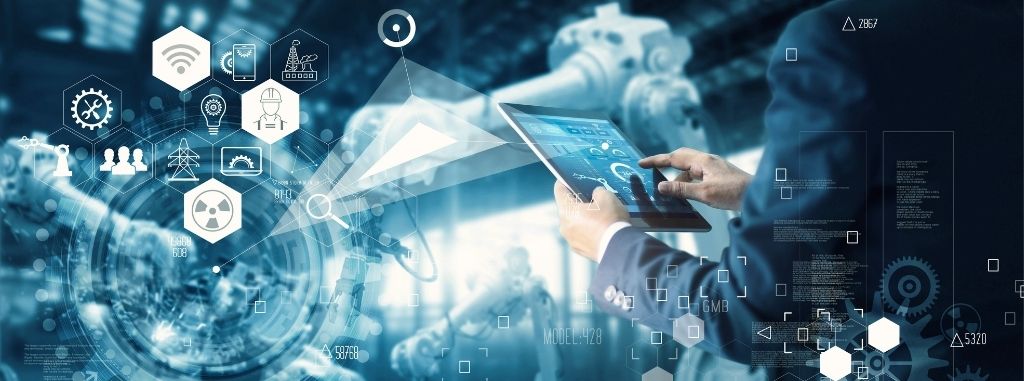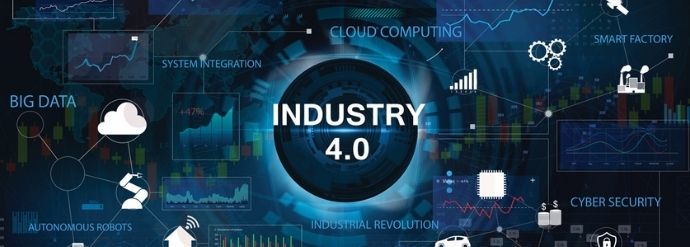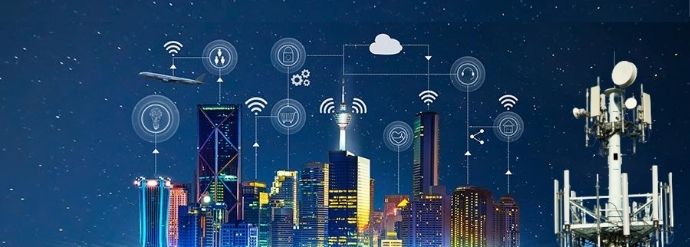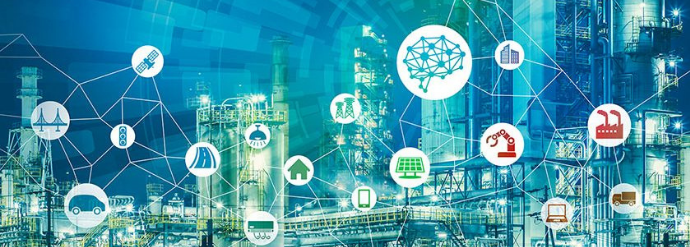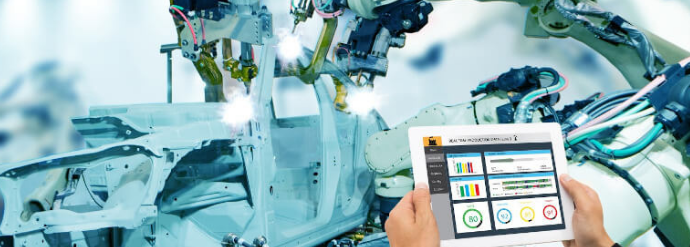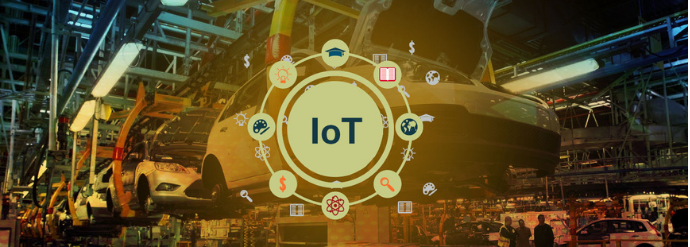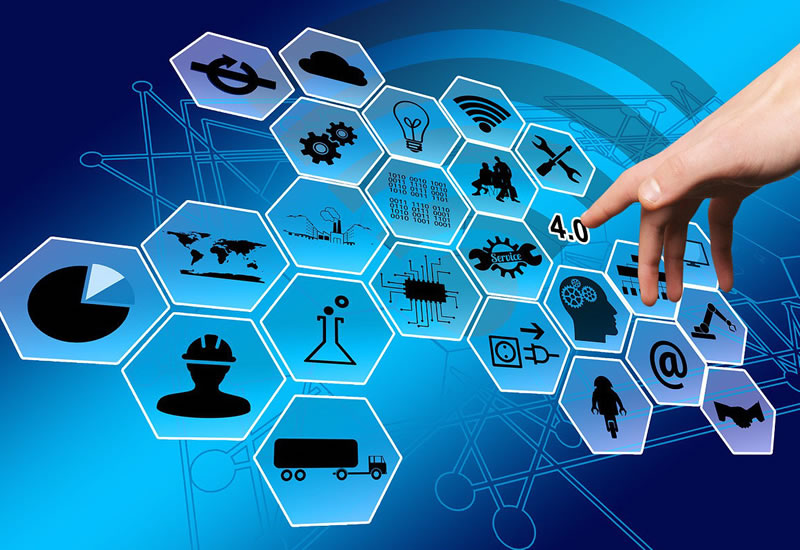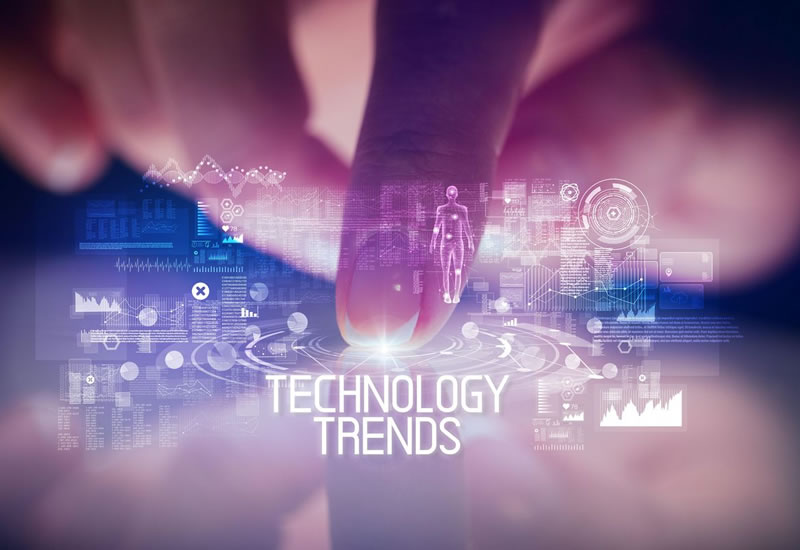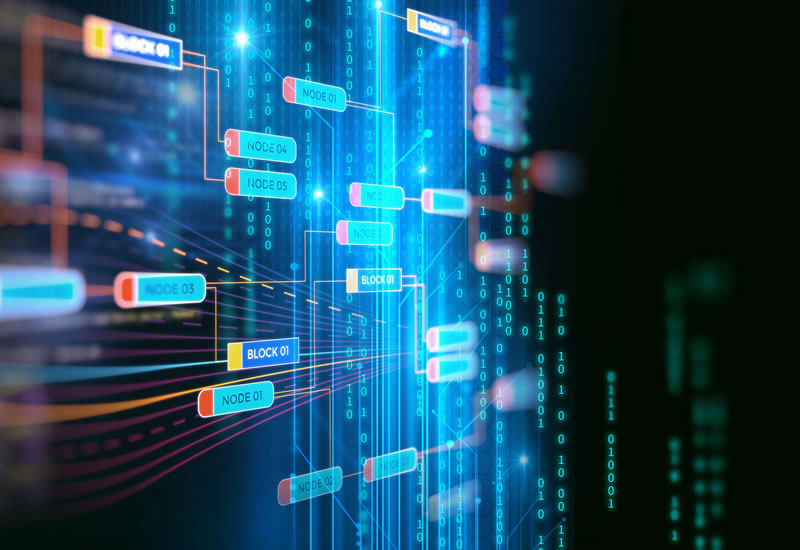Digitization started in early 1950’s, over parts of the developed world when computers were introduced into companies, firms and other organisations. It started off as the “paperless office” concept. Digitization was done to increase efficiencies, improve workflows, enhance customer relationships and improve the public image of a company or organisation and is relevant till today.
Digital Evolution an Ongoing Path to Progress
Digitization in business helps improve efficiency consistency and quality; helps better communications, information exchange and preservation in digitized forms and files eliminating redundancy; helps data processing, analysis and automation. Digitization is not just a trend but the way the world is evolving, especially so for businesses, industries and services.
With the internet revolution and wireless networking, digitization has penetrated rapidly all spheres of our lives-personal, social, commercial & otherwise. It’s a universal platform to get connected, communicate and integrate with various systems and entities at various levels without geographical boundaries. Here cloud computing has caused a paradigm shift in the delivery of digital solutions and services across the globe, over a versatile cyber platform.
Mobility Solutions for Business Trending Worldwide
Running parallel is the evolution of smart mobile devices and Mobility Solutions. The Smartphone and mobile applications that support it has opened a whole realm of commercial products and services, pervading into non-commercial, government and military sectors too. Businesses and services will never be the same thanks to mobile apps and app developers.
In Conclusion
For any business or enterprise, the future lies in digitization. A digital presence has become rather mandatory for growth. The Internet of Things (IoT) is a tech born out of this digitization boom and is fast evolving to help integrate a myriad of electronic devices and software applications on the internet platform. The global pandemic that caused unprecedented disruption of normal life accelerated digitization of all spheres of our lives, compelled by social distancing and non-contact interaction/ operations. IoT innovations in applications and equipment will be trending into the future, opening up new revenue streams and opportunities. The more digital your business, the more sustainable it is.
Look up the Trinetra website for more information and to learn more about our solutions. You can also submit the enquiry form available online. You may also send in a request to discuss your requirements with our team.

